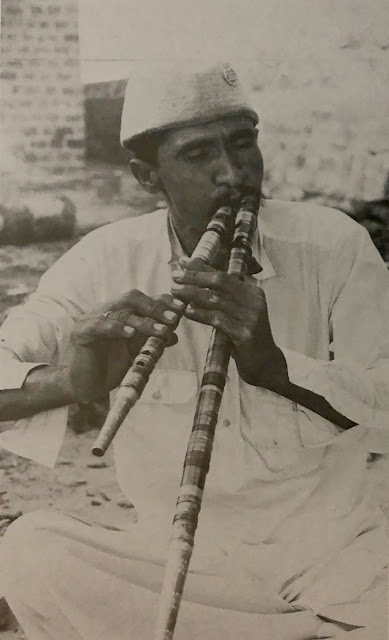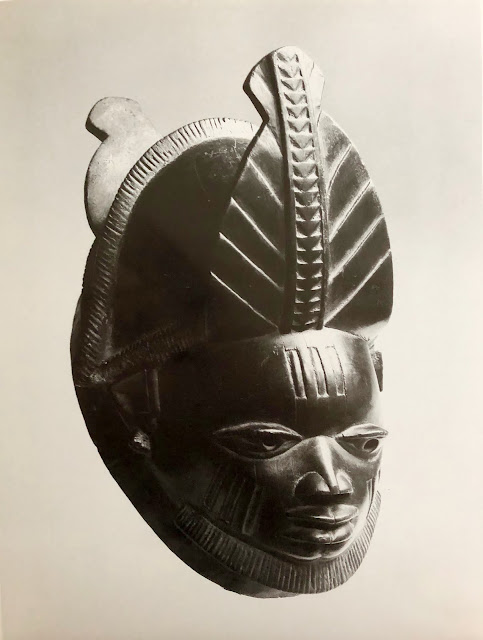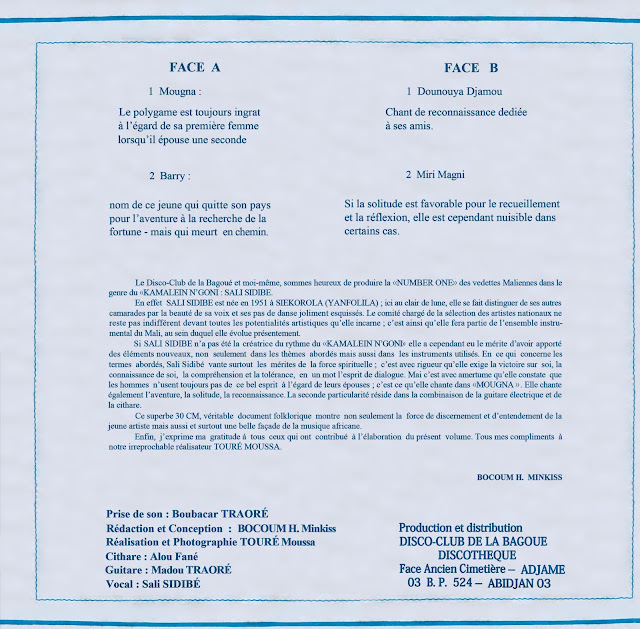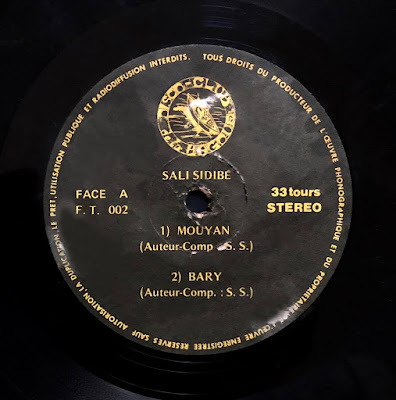Nikhil Banerjee – Raag Hemant, Raag Bhatiyar – HMV EASD 1342 – recorded in 1969 (LP)

We present the brilliant sitarist Nikhil Banerjee (1931-1986), who found his own powerful expression alongside superstars Vilayat Khan and Ravi Shankar. The great Baba Allauddin Khan (1862-1972) quickly recognized his prodigious talent after meeting the teenager in 1947 and accepted him as his pupil. The venerable guru’s son, sarod master Ali Akbar Khan (1922-2009), would later continue Banerjee’s training.
The maestro, who died prematurely at age 54, released only a limited number of albums during his lifetime. Luckily the labels Raga Records and Chhanda Dhara posthumously published many remarkable live performances capturing him at the height of his powers.
This LP, featuring Karamatullah Khan (1917-1977) on tabla, is one of the artist’s early recordings, which exemplifies his extraordinary mastery of melody and rhythm combined with free-flowing emotion, depth, nuance and vitality.
“Whenever you play a raga, begin with worshipping and welcoming it. Imagine it to be a deity. Bow down and pray that it should have mercy on you and it should become alive through your medium. Never approach a raga with a feeling of pride or vanity in your heart. Music grows out of the purest feelings of your soul and hence the mind of the musician, if only purified, can produce the vibration.”
Nikhil Banerjee
Nous présentons ici le brillant sitariste Nikhil Banerjee qui a imposé son propre style aux côtés des superstars Vilayat Khan et Ravi Shankar. Après avoir rencontré l'adolescent en 1947, le grand Baba Allauddin Khan (1862-1972) a rapidement reconnu son talent prodigieux et l'a accepté comme disciple. Le fils du vénérable guru, le maître du sarod Ali Akbar Khan (1922-2009), poursuivra ensuite l’éducation de Nikhil Banerjee.
Le maestro, décédé prématurément à l'âge de 54 ans, n'a produit qu'un nombre limité d'albums de son vivant. Fort heureusement, les labels Raga Records et Chhanda Dhara ont publié à titre posthume de nombreux concerts remarquables avec le Pandit au sommet de son art.
Cet album, avec Karamatullah Khan (1917-1977) aux tablas, est l’un des premiers enregistrements de l’artiste qui illustre parfaitement son extraordinaire maîtrise de la mélodie et du rythme, alliée à une émotion fluide, une profondeur subtile et une grande vitalité.
« Avant de jouez un raga, commencez donc par l'accueillir et le vénérer comme s'il s'agissait d'une divinité. Prosternez-vous et priez pour que le raga vous accorde sa miséricorde et qu'il prenne vie à travers votre musique. N'abordez jamais un raga avec de la fierté ou de la vanité dans votre cœur. La musique naît des sentiments les plus purs de l'âme et, par extension, de l'esprit du musicien, qui, s'il est purifié, peut alors produire la bonne vibration. »
Nikhil Banerjee
The photographs below are from The Art of Tantra by Philip Rawson, Thames & Hudson, 1978; Le Folklore Musical by Alain Gobin, Editions Garamont-Archimbaud, 1988; and Art des Indes - Miniatures Mogholes by George Lawrence, Fernand Hazan, 1963:










































